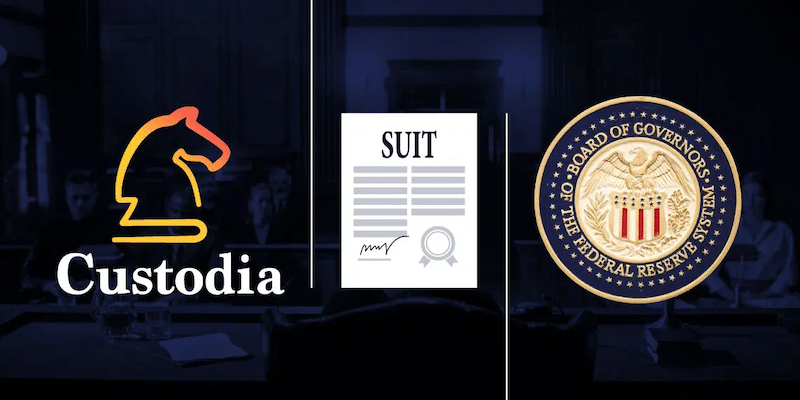AI’s ‘Hidden Figures’: Women Creating a New Era of Ethical Innovation

The end of March marks the end of Women’s History Month. And despite the increased focus on women’s issues and contributions to society throughout the month, the conversation would be incomplete without recognizing how essential the success of women, past and present, has been in the tech industry. Especially in the field of generative AI, women are taking the lead every day toward a new era of unprecedented global innovation.
However, a New York Times article from a few months ago left him out of the list of the biggest contributors to the current AI landscape. The piece was criticized for reflecting a broader narrative that has long minimized the contributions of women in technology. The story suggests that women’s contributions in AI and technology are peripheral. But we know this isn’t true. In fact, they are key to innovation and continued development in this field.
Women have been challenging the outdated notion that AI development belongs only to those who code and construct algorithms. Although this field is changing, it is still a male-dominated field. Many of us have been leading responsible AI innovation with ethics and transparency at the forefront throughout our careers.
Women like Kay Firth Butterfield, the world’s first Chief AI Ethics Officer; NIST’s Elham Tabassi is leading the initiative on ethical AI standards. Miriam Vogel of EqualAI and NAIAC, advocating for AI equality; Paula Goldman of Salesforce; Credo AI’s Navrina Singh, an advocate for responsible use of AI, is just a few of the many examples of women leading the field.
Other prominent female figures in technology include Fei-Fei Li of the Stanford Human-Centered AI Lab. He is known for his contributions to AI image recognition and for advocating for inclusive and ethical AI development. Joy Buolamwini, founder of the Algorithmic Justice League, highlights and mitigates bias within AI systems. DeepMind’s Lila Ibrahim, responsible for operational strategy for one of the world’s leading AI research organizations; As a global AI ethics leader at IBM®, Francesca Rossi is at the forefront of addressing critical AI governance, ethics, accountability, and responsible innovation issues.
These are just a few of the many examples of women leading the way in this field. Excluding women from conversations and reporting not only overlooks the diverse perspectives needed for responsible innovation, but also fails to recognize the critical role of ethics, governance, and social impact considerations in AI development. Now is the time for a critical reassessment that acknowledges that innovation is as much about impact as invention.
In a study conducted by the IBM Institute for Business Value, Debra D’Agostino, managing director of thought leadership at Oxford Economics, highlights the importance of diverse leadership in the evolution of AI. She emphasizes that women do not need to be IT experts to drive AI innovation. Studies have shown that women are already more likely than men to use AI to create, edit and summarize content. 40% say their productivity has increased by more than 10% using generative AI. D’Agostino said understanding and anticipating how AI can best enhance the unique needs and capabilities of a business or team is as important as partnering with the right people in the IT department.
As Women’s History Month comes to a close, it is important to recognize that the contributions of women in AI are critical not only to paving the way for more equitable technology, but also to realize its potential and confront and mitigate immediate and long-term challenges. It’s important. The dangers AI poses to our society Their work is setting the standard for how we, as a global community, integrate AI into our lives.
The future of AI is being written today, and women are the protagonists of that story, not just supporting players. As we move forward, it is important to remember that the true measure of AI progress goes beyond technical capabilities. It’s about how we use this technology to reflect our collective values, solve shared challenges, and create a world where innovation benefits all of society, not just a privileged few.
Was this article helpful?
yesno



